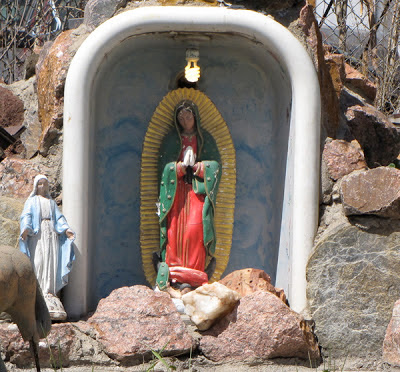For months, women would set aside a little in their food budget to afford the walnuts, honey, raisins, and poppyseed to make potica, kolache, kuchen, blini or the other ethnic treats that reminded immigrants of home. Obtaining oplatek, a wafer impressed with religious scenes and eaten before Wigilia, (the Christmas dinner) required a conversation with the pastor of St. Joseph's Polish Church or a request (well ahead of time) from a relative in Poland. Baking family favorites was a day-long event that involved helpful children and the telling of family stories in the process.
And there were choir practices, play rehearsals and special scripture readings during Advent. Traditions from Eastern Europe, such as setting an extra table setting for an unexpected visitor or to remember someone who died, were preserved. Hymns, legends and symbols from the Old Country were maintained in church services and lodge events.
Children from large immigrant families didn't expect a lot of toys, and were likely to receive practical things like socks, sweaters, or shoes. Ed Wargin longed for a bike, but got a donkey because the animal could transport building supplies for Ed's father, and June Jackson remembers the delight of receiving the doll her older sister Helen had outgrown. Many old timers fondly recall the sack of hard candy distributed at church, probably donated by grocers Carl Gerhardt or John Yelenick. And a Christmas tree was a genuine treat, maybe purchased at Bomareto's, fresh, fragrant and decorated with strings of popcorn, lights, glass ornaments and tinsel.
Our current preparations for Christmas seem to involve the non-stop activities of shopping, wrapping, eating, attending multiple gatherings, texting and posting. Yet there are many of us who miss the richness and flavor of those earlier times.
Here's wishing you some memories of a simpler time as we await the birth of Jesus.
Potica or Povitica
Kolache
Oplatek
Blini






































